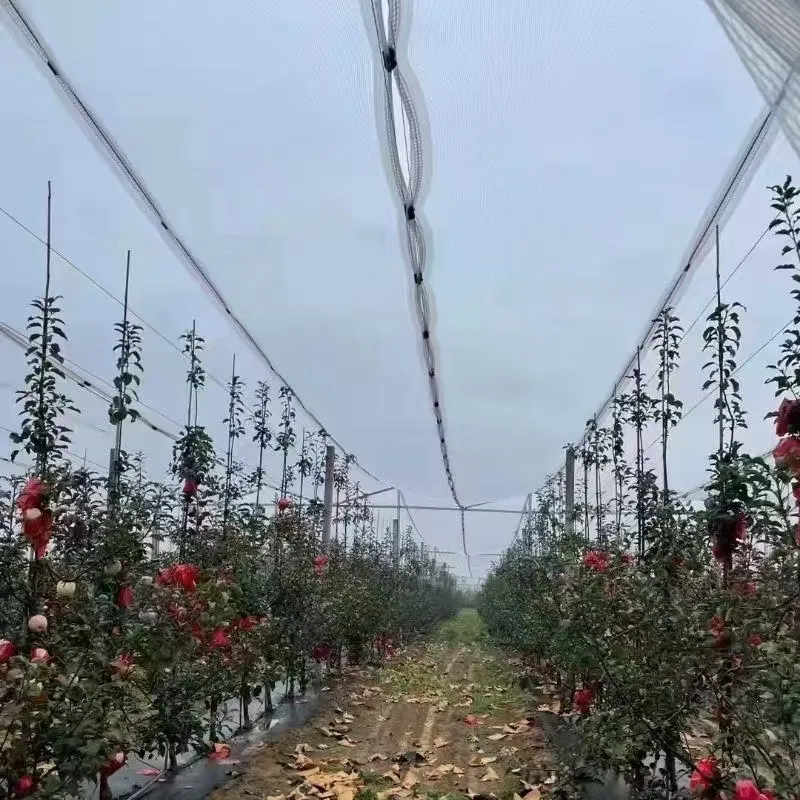-
 Afrikaans
Afrikaans -
 Albanian
Albanian -
 Amharic
Amharic -
 Arabic
Arabic -
 Armenian
Armenian -
 Azerbaijani
Azerbaijani -
 Basque
Basque -
 Belarusian
Belarusian -
 Bengali
Bengali -
 Bosnian
Bosnian -
 Bulgarian
Bulgarian -
 Catalan
Catalan -
 Cebuano
Cebuano -
 China
China -
 Corsican
Corsican -
 Croatian
Croatian -
 Czech
Czech -
 Danish
Danish -
 Dutch
Dutch -
 English
English -
 Esperanto
Esperanto -
 Estonian
Estonian -
 Finnish
Finnish -
 French
French -
 Frisian
Frisian -
 Galician
Galician -
 Georgian
Georgian -
 German
German -
 Greek
Greek -
 Gujarati
Gujarati -
 Haitian Creole
Haitian Creole -
 hausa
hausa -
 hawaiian
hawaiian -
 Hebrew
Hebrew -
 Hindi
Hindi -
 Miao
Miao -
 Hungarian
Hungarian -
 Icelandic
Icelandic -
 igbo
igbo -
 Indonesian
Indonesian -
 irish
irish -
 Italian
Italian -
 Japanese
Japanese -
 Javanese
Javanese -
 Kannada
Kannada -
 kazakh
kazakh -
 Khmer
Khmer -
 Rwandese
Rwandese -
 Korean
Korean -
 Kurdish
Kurdish -
 Kyrgyz
Kyrgyz -
 Lao
Lao -
 Latin
Latin -
 Latvian
Latvian -
 Lithuanian
Lithuanian -
 Luxembourgish
Luxembourgish -
 Macedonian
Macedonian -
 Malgashi
Malgashi -
 Malay
Malay -
 Malayalam
Malayalam -
 Maltese
Maltese -
 Maori
Maori -
 Marathi
Marathi -
 Mongolian
Mongolian -
 Myanmar
Myanmar -
 Nepali
Nepali -
 Norwegian
Norwegian -
 Norwegian
Norwegian -
 Occitan
Occitan -
 Pashto
Pashto -
 Persian
Persian -
 Polish
Polish -
 Portuguese
Portuguese -
 Punjabi
Punjabi -
 Romanian
Romanian -
 Russian
Russian -
 Samoan
Samoan -
 Scottish Gaelic
Scottish Gaelic -
 Serbian
Serbian -
 Sesotho
Sesotho -
 Shona
Shona -
 Sindhi
Sindhi -
 Sinhala
Sinhala -
 Slovak
Slovak -
 Slovenian
Slovenian -
 Somali
Somali -
 Spanish
Spanish -
 Sundanese
Sundanese -
 Swahili
Swahili -
 Swedish
Swedish -
 Tagalog
Tagalog -
 Tajik
Tajik -
 Tamil
Tamil -
 Tatar
Tatar -
 Telugu
Telugu -
 Thai
Thai -
 Turkish
Turkish -
 Turkmen
Turkmen -
 Ukrainian
Ukrainian -
 Urdu
Urdu -
 Uighur
Uighur -
 Uzbek
Uzbek -
 Vietnamese
Vietnamese -
 Welsh
Welsh -
 Bantu
Bantu -
 Yiddish
Yiddish -
 Yoruba
Yoruba -
 Zulu
Zulu
farm shade net
The Importance of Farm Shade Nets An Overview
In the realm of agriculture, maximizing crop yield and quality while minimizing environmental stressors is a constant challenge that farmers face. One effective solution that has gained increasing attention is the use of farm shade nets. These nets not only protect crops from harsh environmental conditions but also enhance growth rates, making them an invaluable tool for modern farming.
Understanding Farm Shade Nets
Farm shade nets are typically made from high-density polyethylene (HDPE) and are designed to provide varying levels of shade to crops. The shading they provide can range from 30% to 90%, depending on the specific needs of the plants being grown. By filtering sunlight, these nets help create a more controlled microenvironment that can significantly influence plant development.
Benefits of Using Farm Shade Nets
One of the primary benefits of farm shade nets is their ability to shield crops from extreme weather conditions. Excessive sunlight can lead to sunburned fruits, stunted growth, and reduced yields. Shade nets mitigate these risks by diffusing sunlight and keeping the plants cooler on hot days. This protective barrier can also shield crops from heavy rains and hail, which can damage tender leaves and fruits.
Moreover, the use of shade nets facilitates better water management. By reducing evaporation rates, these nets help retain soil moisture, thus decreasing the frequency and volume of irrigation needed. This not only conserves water but also translates to cost savings for farmers, making it a sustainable practice that aligns with global efforts to promote water conservation in agriculture.
Enhancing Crop Quality and Yield
farm shade net

Research has shown that crops grown under shade nets often exhibit improved quality and increased yields. For instance, fruits and vegetables tend to be more uniform in size and color, making them more appealing in the marketplace. The controlled environment also supports better nutrient absorption and encourages healthy plant growth, leading to higher productivity.
In addition, certain crops, such as leafy greens and herbs, thrive under partial shade, which can be crucial in preventing bolting and maintaining optimal harvest times. This adaptation not only enhances the nutritional value of the produce but also extends the growing season, allowing farmers to cultivate more cycles per year.
Protecting Against Pests and Weeds
Another significant advantage of farm shade nets is their role in pest management. By creating a physical barrier, they can deter common agricultural pests from reaching the crops. This reduces the need for chemical pesticides, thereby promoting a more organic farming approach. Furthermore, the shade provided by the nets can suppress weed growth, which often competes with crops for nutrients and water.
Conclusion A Sustainable Future
As the global population continues to rise, the demand for food is expected to increase dramatically. Incorporating farm shade nets into agricultural practices represents a practical and sustainable solution to meet this challenge. By harnessing the benefits of shade nets, farmers can not only improve their productivity and profits but also engage in environmentally friendly practices that support the planet's health.
In summary, farm shade nets offer a multifaceted approach to modern agriculture, combining environmental protection, enhanced crop quality, and sustainable practices. As more farmers recognize the importance of these tools, the agricultural landscape may soon witness a transformation that aligns productivity with sustainability, paving the way for a brighter future in food production.
-
Shipping Plastic Bags for Every NeedNewsJul.24,2025
-
Safety Netting: Your Shield in ConstructionNewsJul.24,2025
-
Plastic Mesh Netting for Everyday UseNewsJul.24,2025
-
Nylon Netting for Every UseNewsJul.24,2025
-
Mesh Breeder Box for Fish TanksNewsJul.24,2025
-
Expanded Steel Mesh Offers Durable VersatilityNewsJul.24,2025











